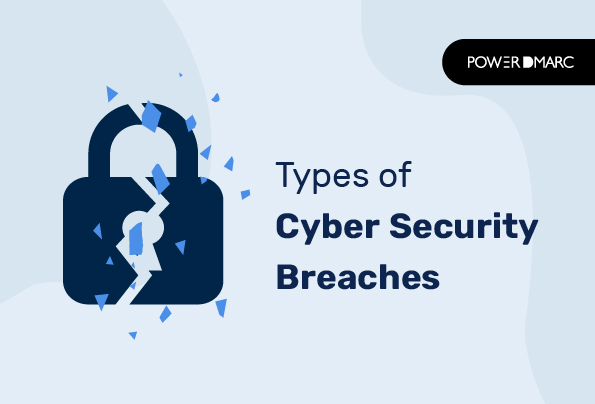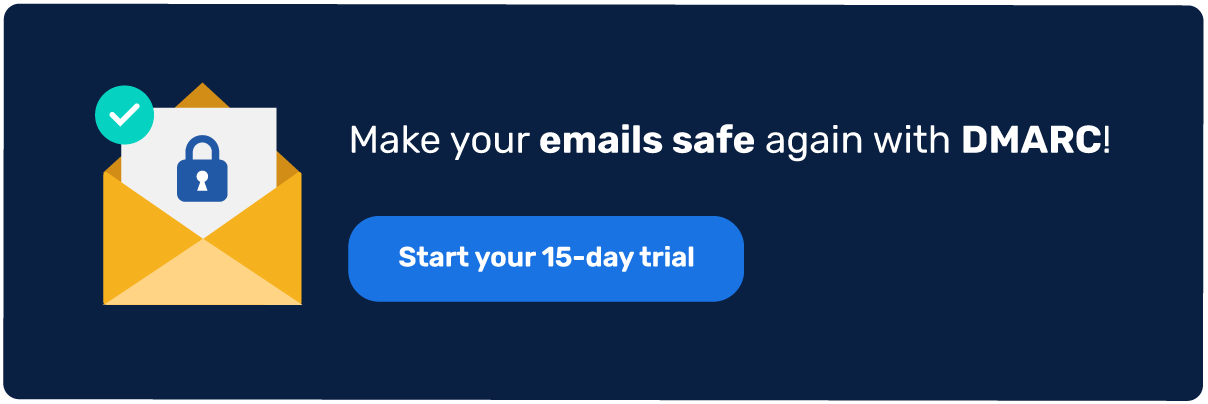Cyberattacks have become common as networks grow, so different solutions are required to control cyber-attacks. But only if you know the types of cyber security breaches- it becomes easier to take the necessary precautions to protect your organization’s data and network.
Everyone knows how dangerous cyberattacks could be if left untreated. Cyber security highlights every aspect of protecting and securing an organization’s precious data and information. The proper use of cyber security can also lead to a safer environment for the employees against cyber threats.
A total of 15 million data records were exposed globally during the third quarter of 2022 due to data breaches. Comparing this figure to the previous quarter, it climbed by 37%. Since the first quarter of 2020, the fourth quarter of 2020 saw the biggest number of exposed data records or almost 125 million data sets. ~Statista
Do you know what a breach in cyber security is and how many types of cyber security breaches are? Read to know more!4
Key Takeaways
- Understanding the types of cyber security breaches is essential for effective data protection strategies.
- Physical security breaches involve unauthorized access to systems and can lead to significant identity theft and financial loss.
- Digital security breaches allow hackers to steal sensitive information and potentially use compromised systems for malicious activities.
- Common cyber threats include phishing, ransomware, and malware, each posing unique risks to organizations.
- Implementing comprehensive security measures and having a breach response plan is crucial in today’s digital landscape.
An Overview of Cyber Security Breaches
A common definition of a data breach is a security violation where the hackers copy or steal an organization’s protected, sensitive, and confidential data. An individual or group of hackers does the whole process. The hackers or criminals planned everything to perform the act. Data leaks, information leakage, and data spills are other terms for unintentional information disclosure.
Cyberattacks are dangerous as they can worsen the organization and steal hidden details. Your brand – and your revenue – could be destroyed by a data breach. However, every hacker or criminal has their tactics to deal with cyberattacks, sometimes, they send a text message with a malicious file, and many of us click it right away.
From hacking attacks on universities and students to breaches that compromised information at hospitals, we’ve seen hundreds of breaches that have compromised the privacy of millions of users in the past few years.
Simplify Security with PowerDMARC!
7 Types Of Cyber Security Breaches
To make things easier and more understandable, we divided the types of cyber security breaches into two groups. However, the purpose of both groups is the same; both types of cyberattacks or data breaches overtake organizations’ precious or authorized details.
- Physical security breaches
- Digital security breaches.
Physical Security Breaches
These breaches occur when unauthorized individuals gain access to your computer or network. This can happen when someone maliciously hacks into your system or if you accidentally leave a device unsecured. Physical security breaches can be very damaging, leading to identity theft and financial loss.
Digital Security Breaches
Digital security breaches occur when hackers take control of your computer or network to steal information such as credit card numbers, passwords, or personal information. They can also use your computer as part of a botnet – a group of computers taken over by hackers and used to send spam messages, launch denial-of-service attacks against websites or spread malware.
Both security breaches have enough potential to create a big mess and chaos. Leaders should consider new tactics to discover a highly protected way to secure their networks from physical and digital security breaches.
Some common types of physical and digital cyber security breaches are given below!
Phishing
Phishing attacks are one of the most common and effective ways to steal any data or network. In phishing, criminals or hackers gain access to the organization’s environment. In this type of cyberattack, the victim becomes easier to be controlled by the tricks where the hackers send a type of link to open the attachment. And most of the employees have been victimized by this trick because they click on the link sometimes, which leads to exploiting the network’s data.
Data Stolen
A piece of stolen information where an unprofessional employee leaves the information of a product yet to be released, and the hardware information is all over the digital world (internet). This careless act or a human error can make a big mess to the organization’s security. At the same time, it is common for many corporations to leave the information open and get it stolen.
Ransomware
Instead of encrypting files, ransomware steals data to extort victims and their customers. Some ransomware groups or individuals threaten or use Distributed Denial of Service (DDoS) attacks to compel victims to pay ransom demands. However, in many circumstances, the ransomware demand is not about the cash but about giving authorized data to the hacker.
Distributed Denial Of Service (DDoS)
Denial-of-service attacks are launched simultaneously from multiple sources. They prevent users from accessing the system while they are at work. Customers cannot access the company’s services if the site is unreachable because of the attack’s traffic. It creates terrific chaos for the whole organization and a big loss. Despite not necessarily losing data, a security breach can force the company to shut down, resulting in lost revenue.
Malware
The evolution of malware has dominated the evolution of cyberattacks. Malware authors and cyber defenders continuously develop techniques to overcome or bypass security measures. The success of these cyberattacks often triggers the creation of a new generation.
Modernism malware is stealthy, swift, and sophisticated. By the time security analysts detect and respond to a threat, the damage usually has already been done since legacy detection techniques (such as signature-based detection) are no longer effective.
Supply Chain Attacks
Some can attack organizations through supply chain attacks by exploiting vendor relationships, partnerships, or third-party software by exploiting trust relationships with external parties. Unfortunately, cyber threat actors exploit trusted relationships to access other organizations’ systems by compromising one organization.
Social Engineering Attacks
Social attacks involve using social engineering techniques to infiltrate a target network. For example, hackers can send malicious emails to employees to catch their attention. A phishing email can trick the recipient into providing personal information, or a malware attachment can be downloaded that will execute when it’s opened.
Cloud Security Breaches
Most cloud security breaches have different tactics, like destroying a social network (or a company’s reputation). However, some of the most infamous cloud security breaches are:
- Facebook: The company security breaches happened in 2019, and almost millions of users were affected.
- Alibaba: In the same year, 2019, Alibaba was also affected by the attack.
Conclusion
In the digital age, security breaches have become a fact of life. Following these steps, you can protect yourself and ensure your information is always secure. Whether it’s skimming devices on ATMs or cybercriminals who manage to break through your company’s firewalls, knowing what security breaches are and how to prevent them is important.
And because there are so many variations of cybersecurity breaches that can take place, you should have a plan in place for multiple situations. By doing your homework and taking preparations before a breach is initiated, you can avoid losing sensitive information and ensure that your customers are safe. PowerDMARC’s DMARC analyzer helps you expedite your protection against email security breaches that may be holding you back. It helps minimize phishing, spoofing and ransomware attacks on your email domain, so that you are prepared to tackle a breach before its onset.




